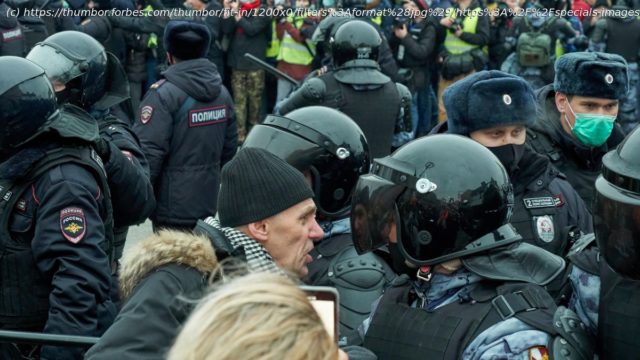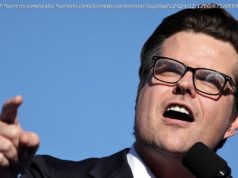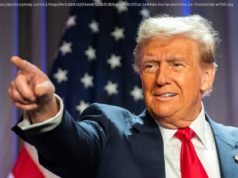The current wave of protest in Russia is unlikely to bring any major change in the short term—but it is raising issues that the Kremlin leadership will have to address.
The current wave of protest in Russia is unlikely to bring any major change in the short term—but it is raising issues that the Kremlin leadership will have to address. Even in the economic boom times of the first decade of this century, when Russia raked in vast revenues from soaring oil prices, and ordinary people’s incomes grew too, there were some who were not happy. Garry Kasparov, the former world chess champion, organized rallies protesting against Vladimir Putin’s presidency. This was not a mass movement. The protests drew crowds of perhaps 2,000 people—hardly significant in a city that was home to many millions. I was a correspondent in Moscow at the time. A member of the presidential administration once asked me why western journalists bothered to cover demonstrations attracting such small numbers. The reason I gave was simple. It was not the number of protesters that was significant. It was the fact that they were greatly outnumbered by the riot police sent to keep an eye on them, and to make arrests. Kremlin’s Tactics For Stifling Dissent Those tactics have largely served the Kremlin well as they sought to stifle protest during Putin’s two decades at the summit of Russian power. The real reasons that the authorities were able to stifle protest then, though, had to do more with money and history than with batons and police cells.
Start
United States
USA — Science Navalny Protests Highlight Longer Term Challenges For Putin’s Russia






